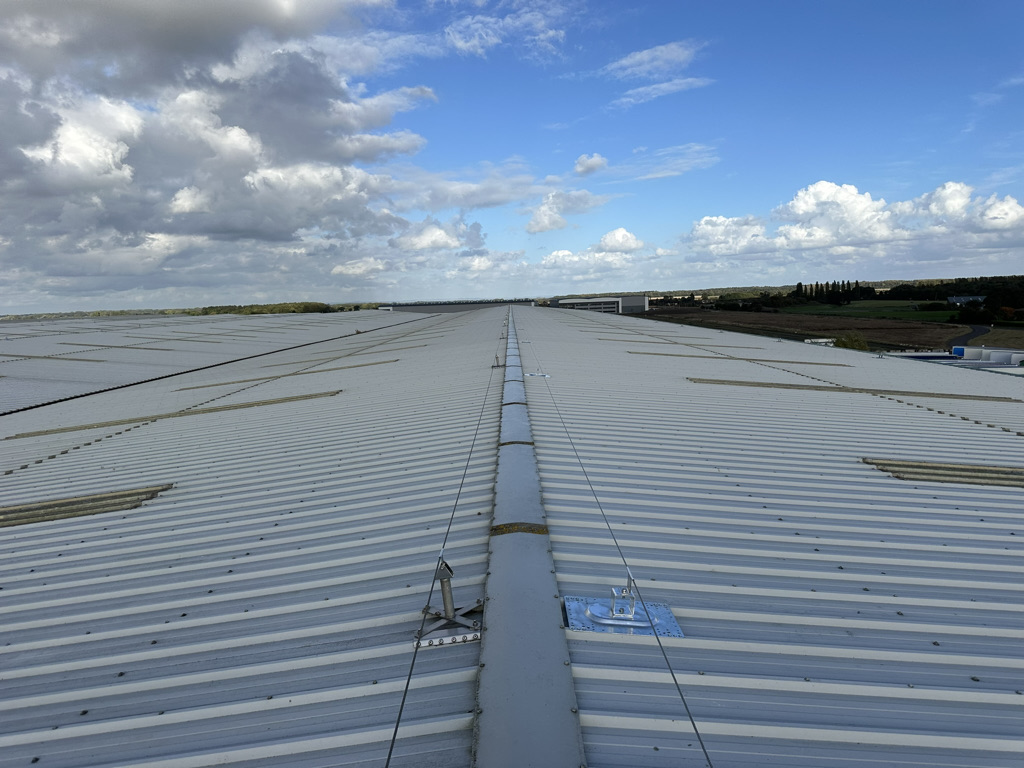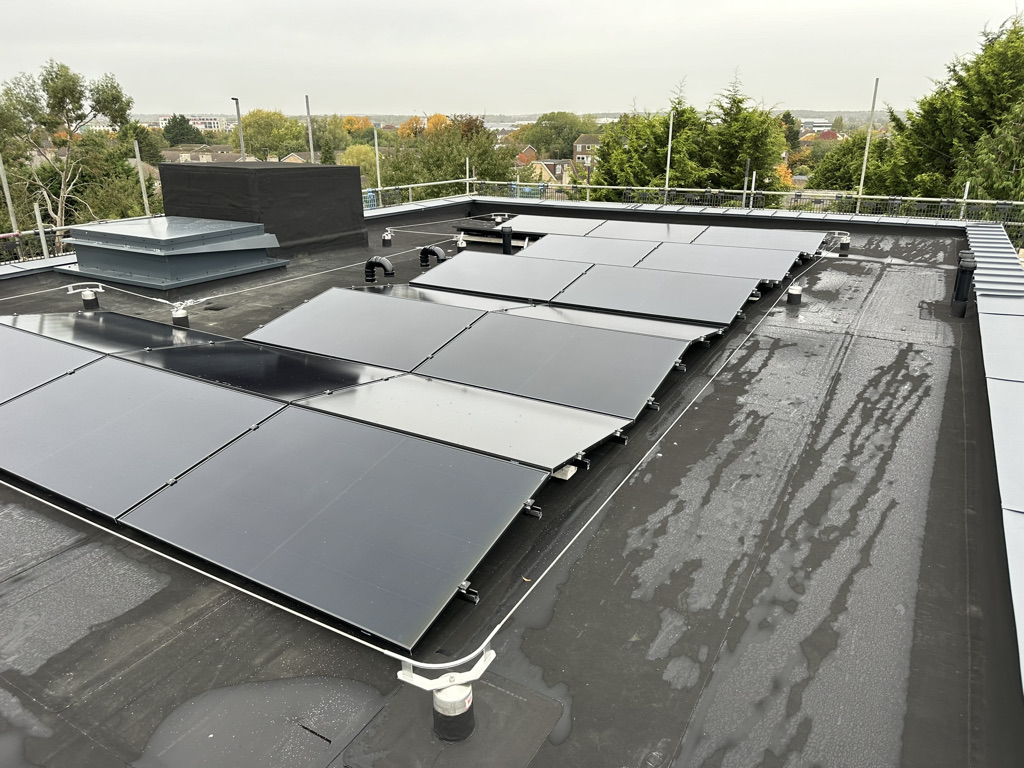Fall Restraint Systems
Fall restraint, as the name suggests, refers to any method or system that 'restrains' a person from falling from a raised platform while working at height. In the "Working at height hierarchy" the first priority is to work from ground, If that isn't possible due to the nature of the work or location, Fall Restraint is the preferred method of height safety over the next step which is Fall Arrest. Fall Restraint prevents the fall from occurring - it restrains the user - wheres as Fall Arrest mitigates the result of a fall once it has occurred. Prevention is safer option and it can be implement using equipment such as Guard rail safety platforms anchor points Roof Safety lines horizontal safety lines that prevent falls from height.
If you are a building owner, contractor commissioned to carry out work at height or control work at height on a project or building you become a ‘duty-holder’ according to the ‘Work at Height Regulations – 2005’. Duty Holders are responsible for ensuring all work at height complies to the regulations. The Work at Height Regulations 2005 apply to all workplaces in the United Kingdom, including construction sites, factories, and offices. Failure to comply with these regulations can result in prosecution and fines.


FALL RESTRAINT SYSTEM
Horizontal Lifeline System design should only be carried out by competent persons
When considering a safe system design, the designer must firstly understand the requirements of the user and the need to access the roof. This information can be gathered from many sources but the safest method should be prioritised without the prejudice of a cost saving.
The system designer should always follow the hierarchy of fall protection. Restraint systems should be the preferred option and an arrest system should only be offered as a last resort.
Full considerations to be understood:
- Reason for access/ purpose of system
- Access point and method
- Number of users required per system
- Full roof plans and elevations
- Roof substrate and condition
- Fixing method
Work restraint
Work restraint systems are the safest method of Horizontal Lifeline system design. Keeping a user in restraint removes the possibility of fall occurring. The users path, and what they have access to can be dictated/controlled. Keeping a user in restraint is dictated by the relationship of two key distances
- Lanyard length (A)
- Position of the system and distance away from fall hazard (B)
If the achievable distance between position of line and fall hazard varies on the system route, the lesser distance and therefore lanyard length should be preferred before any variable lanyard lengths/multiple lanyards are proposed.
The general spacing from system to roof edge/fall hazard is 2.30m based on a typical lanyard length of 2m. Fall Hazards can be roof edges, roof lights or other fragile roof areas such as windows/glass. Main advantages of Work Restraint systems:
- No possibility of a fall
- No need for any rescue plan
- Adjacent buildings/lower level roofs and fall clearances do not need to be factored
- Minimal system user training required
